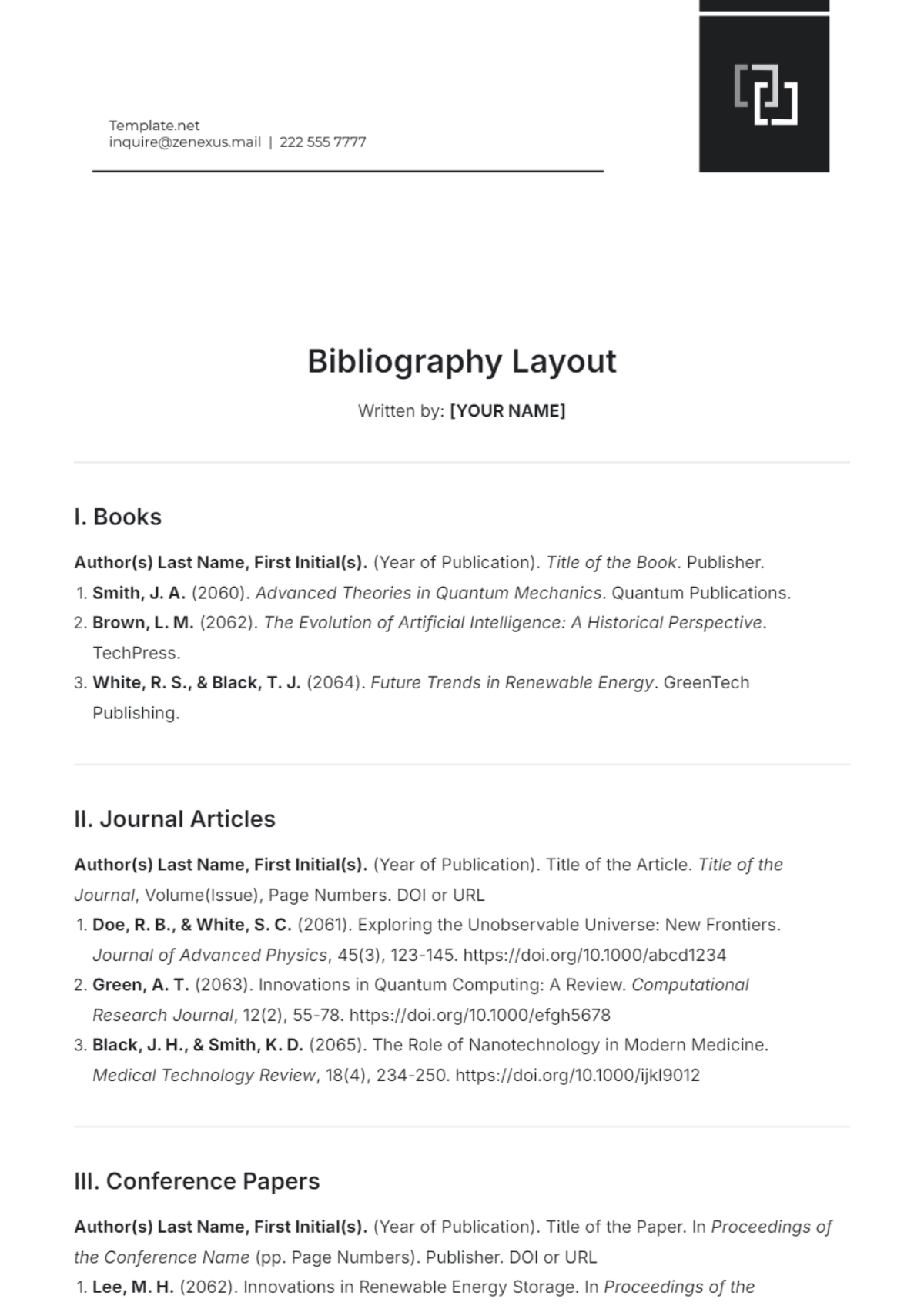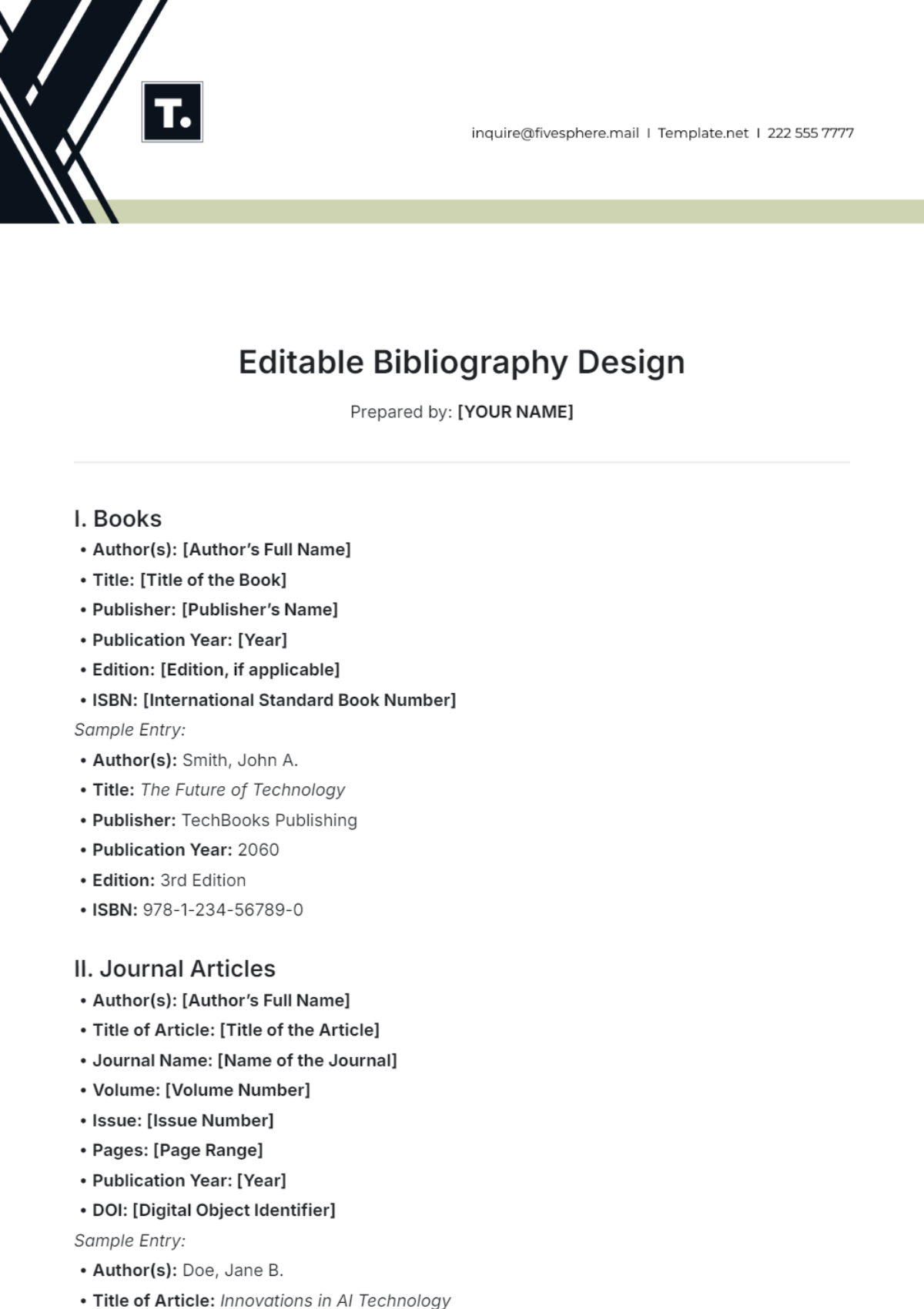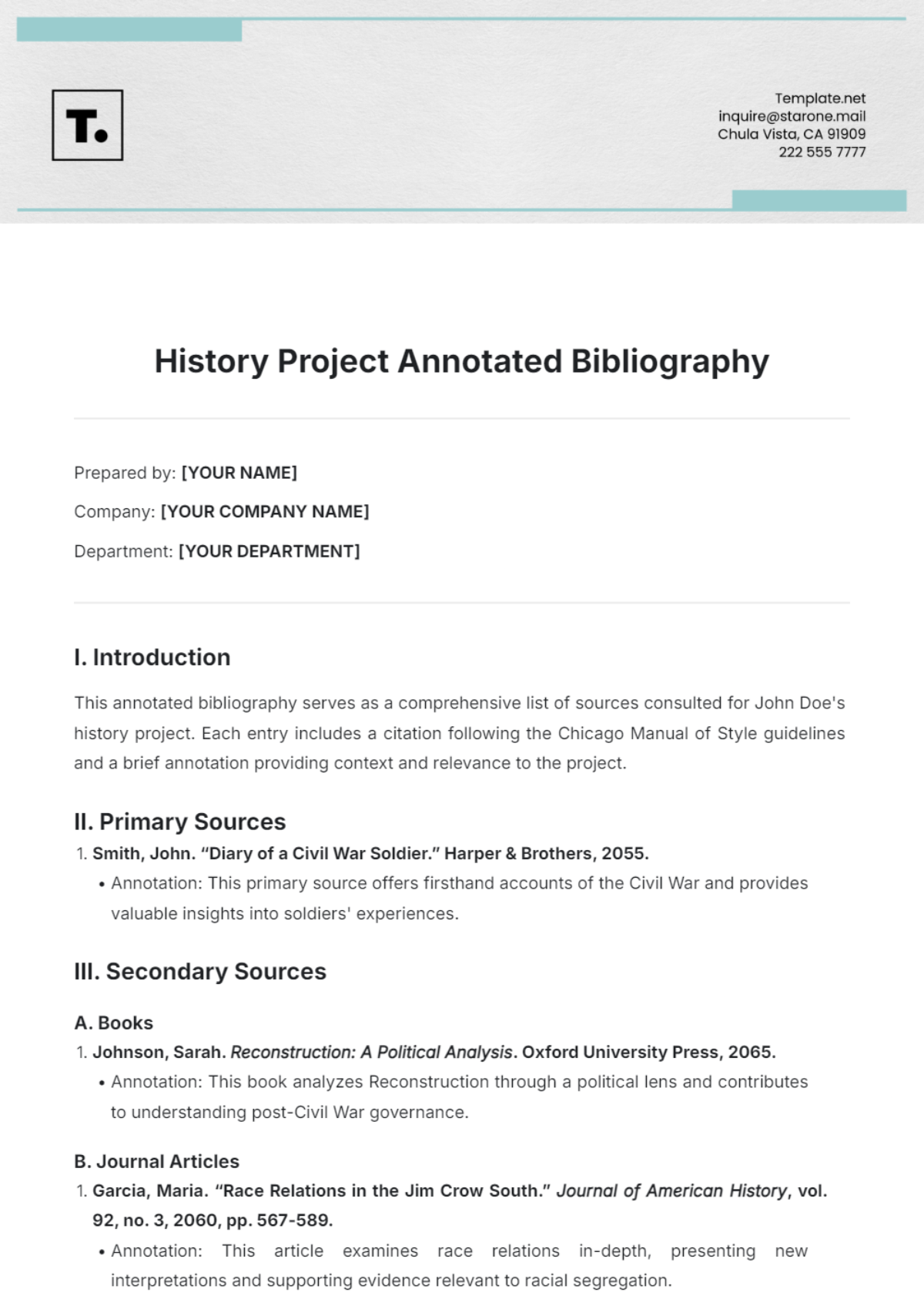Free Disaster Management Bibliography
Introducing the Disaster Management Bibliography Template from Template.net. Harnessing the power of simplicity, this editable and customizable template streamlines your bibliography creation process. Crafted with precision, it's tailored to your needs, editable in our Ai Editor Tool. Elevate your disaster management reports with ease and efficiency. Get organized, stay on track, and make an impact effortlessly.






























